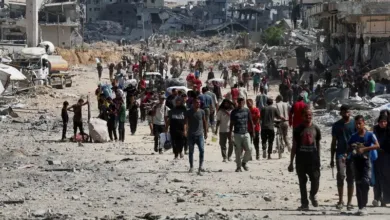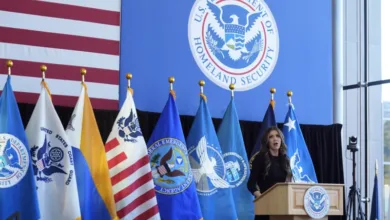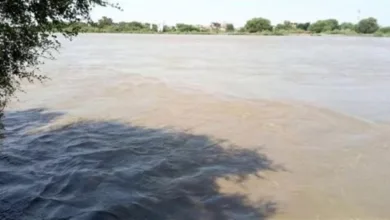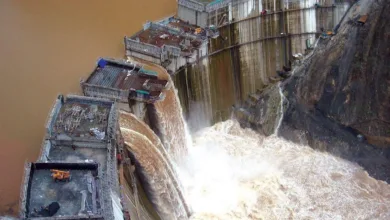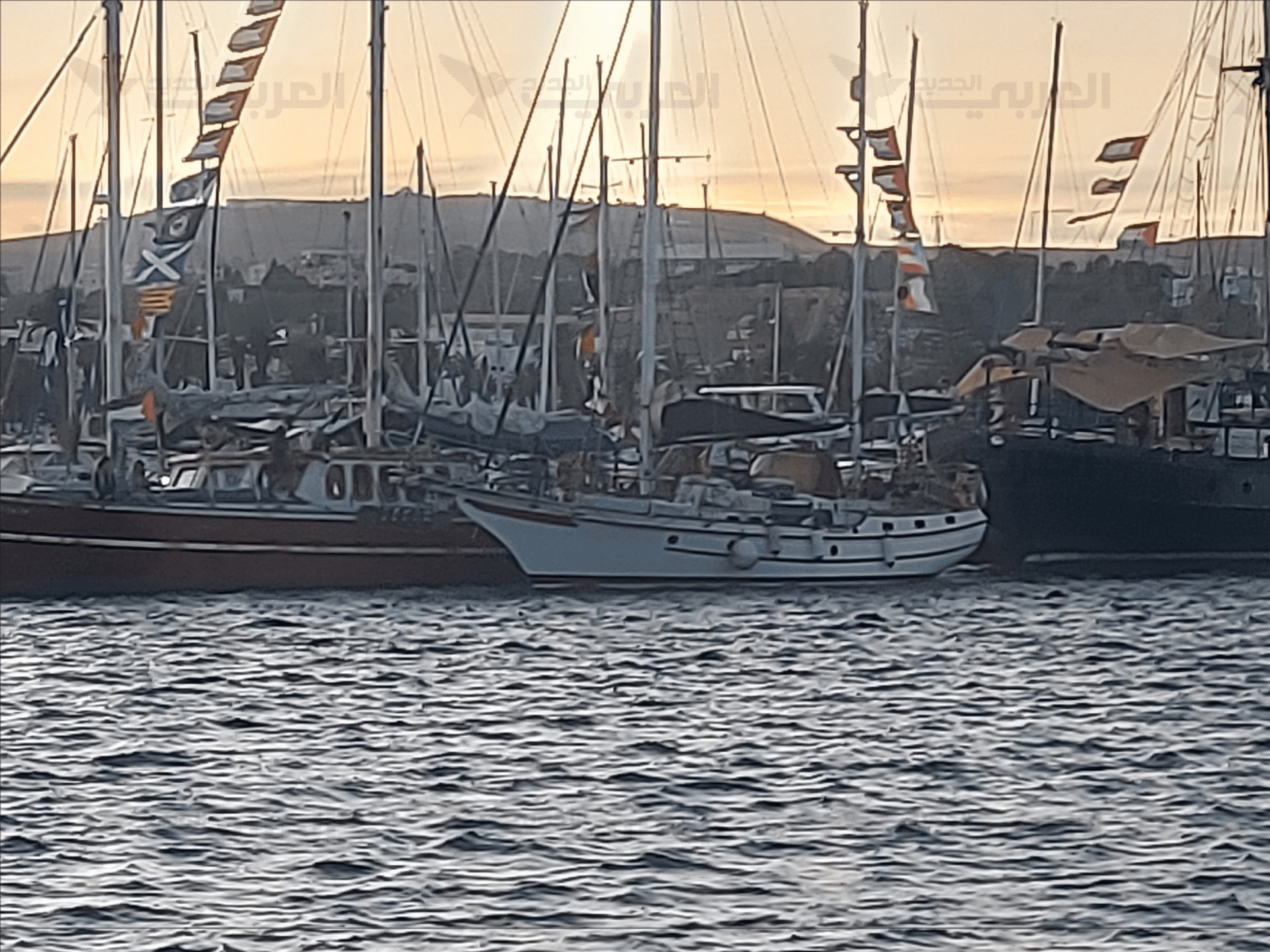China to Unveil New Weapons During Major Military Parade in September

China is preparing to showcase a powerful array of new weapons during a grand military parade in Beijing on September 3, marking the 80th anniversary of the end of World War II and victory over Japan. The announcement was made by senior officials, highlighting Beijing’s intent to demonstrate its advancing military capabilities on the world stage.
President Xi Jinping will oversee the ceremony at Tiananmen Square, joined by Russian President Vladimir Putin and several other foreign leaders. The event, lasting approximately 70 minutes, will not only commemorate history but also signal China’s growing military power in modern warfare. Coverage of this announcement quickly dominated Breaking News discussions worldwide.
A Historic Commemoration with Global ImplicationsThe September parade carries dual significance: honoring the millions of Chinese citizens who perished in the brutal war against Japanese occupation, while simultaneously sending a clear message about Beijing’s modern defense strategy.
The Chinese leadership aims to highlight both remembrance and deterrence — underlining its readiness to safeguard sovereignty and global stability.
Advanced Arsenal on Display
Strategic and Cutting-Edge Systems
General Wu Qian, a senior officer from the Central Military Commission’s Joint Staff Department, revealed that the parade will feature:
-
Strategic weapons systems.
-
Hypersonic technology.
-
Bomber aircraft and advanced fighter jets.
-
Drone and counter-drone equipment.
-
Armored ground units and modern missile systems.
Many of these platforms are expected to be unveiled publicly for the first time, offering the world a glimpse into China’s rapid technological advancements.
Indigenous Development
Wu emphasized that all equipment showcased is indigenously produced and already in active service, reflecting China’s commitment to self-reliance in defense manufacturing.
Show of Power and Modernization
The parade will feature a vast array of formations, including armored convoys, air squadrons, and infantry units, all symbolizing the modernization of the People’s Liberation Army (PLA).
According to Chinese officials, the goal is to display a military force capable of excelling in modern conflict environments while projecting its role as a “protector of world peace.”
This demonstration aligns with Beijing’s broader defense modernization strategy, which has already reshaped the balance of power in World affairs.
Rising Defense Budget and Global Competition
In March 2025, China announced a 7.2% increase in its defense budget, reinforcing its position as the world’s second-largest military spender after the United States.
While China remains far behind the U.S. in overall defense spending, its rapid growth and focus on new technologies—such as hypersonic weapons and aircraft carriers—have intensified strategic competition, particularly in the Asia-Pacific region.
This expansion has sparked debates in U.S News and European security circles about how to balance deterrence and cooperation with Beijing.
Geopolitical Symbolism
The presence of Vladimir Putin at the parade highlights growing Sino-Russian ties, especially amid heightened tensions with the West. Their joint appearance is expected to be closely scrutinized, as it underscores the alignment of two major powers at a time when the U.S. and NATO are focusing on both European and Indo-Pacific security challenges.
By combining historical commemoration with a display of military strength, Beijing seeks to reinforce its global stature and demonstrate that it is not merely a regional player, but a central force in international security.
China’s September 3 military parade is more than a remembrance of World War II. It is a carefully choreographed message of military modernization, technological progress, and geopolitical ambition.
By unveiling advanced weaponry and showcasing its growing defense industry, Beijing signals both deterrence and global influence. The event will likely shape discussions in Washington, Moscow, and European capitals about the future balance of power in the 21st century.
